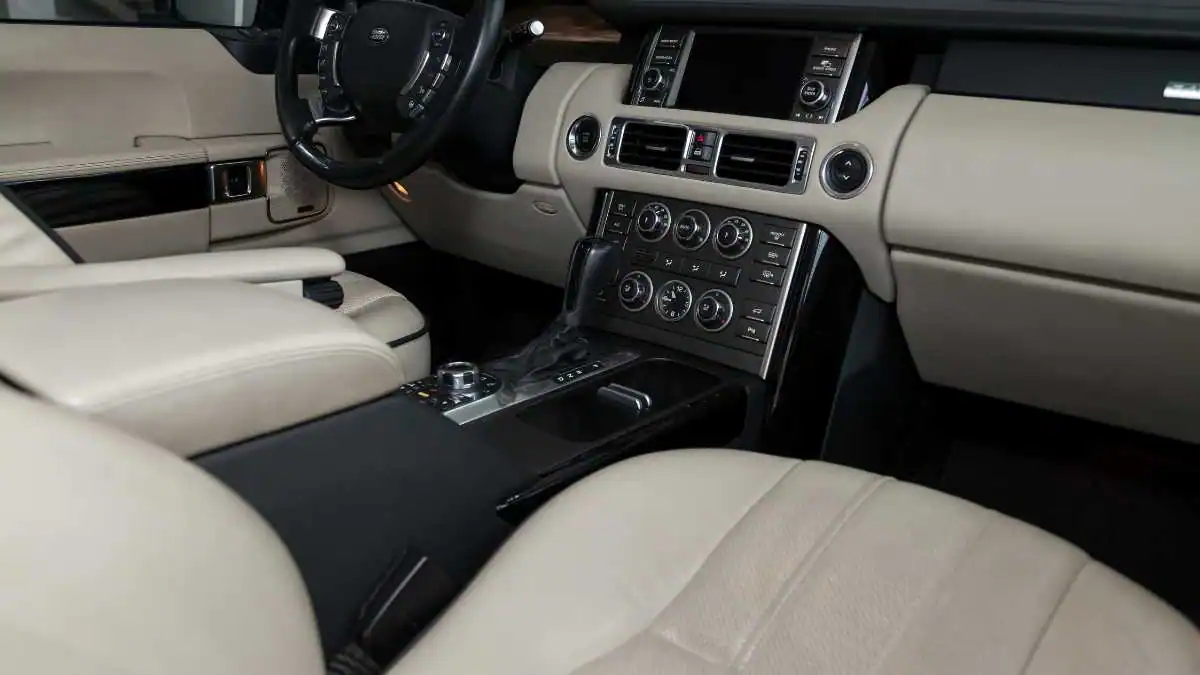If you own a Range Rover, you’ve probably been annoyed by a malfunction in the charging mechanism. It can be expensive to fix, interfere with driving enjoyment, and leave you stranded. A Range Rover is distinguished by its luxury, performance, and refinement.
Even the most expensive cars can have technological issues, though. A charging system malfunction is one common problem that owners of Range Rovers may have. The charging system is an essential part of maintaining charge and enables the operation of the vehicle’s numerous electrical systems; the guarantee that every problem is correctly resolved thanks to our sophisticated diagnostic equipment and in-depth understanding of Range Rover charging methods.
Prepare to delve into the intricacies of Range Rover charging system malfunctions. We’ll look at the root causes of these difficulties in this piece, giving owners useful information to address any possible issues early on. Let’s get started on this insightful trip!
Causes of Charging System Fault in Range Rover
There are multiple reasons why a Range Rover’s charging system can malfunction. Here are a few typical reasons to think about:
Age and Condition of the Battery
The condition and age of the battery frequently significantly impact Range Rover charging system problems. Range Rovers are known for their advanced electronics and power-hungry accessories, especially strain batteries. It’s critical to ensure your battery is in optimal condition to prevent any possible problems.
Batteries naturally deteriorate over time, which lowers charging efficiency and capacity. Conditions like high temperatures, short trips, and extended inactivity aggravate this degradation. Owners must regularly monitor the voltage of their batteries and carry out routine battery checkups. You can proactively identify any possible problems by doing this. Batteries may find it difficult to hold a charge as their life cycle ends, which could result in issues with the charging mechanism.
You can avoid these annoyances and guarantee the longevity of your battery’s performance by being watchful and doing frequent maintenance. One preventive step to lessen charging problems is replacing the battery at the suggested intervals.
Negative Alternator
To maintain the battery’s charge, the alternator—a crucial part of the charging system—effectively transforms mechanical energy from the engine into electrical energy. Nevertheless, a malfunctioning alternator can result in several problems, including insufficient charging, inconsistent voltage output, or even total failure.
To guarantee peak performance and prevent further breakdowns while driving, it’s imperative to take immediate action on any indications of a malfunctioning alternator. Wearing out brushes, a malfunctioning voltage regulator, or faulty diodes are common reasons for alternator problems in Range Rovers. Frequent maintenance can help spot possible issues early on, including inspecting the alternator belt for wear and strain.
Owners should also be aware of warning flags such as flashing dashboard lights, dimming, or a persistent battery warning light. Prompt alternator replacement or repair can avert more severe charging system malfunctions.
Voltage regulator malfunction
The voltage regulator is an essential component of the alternator because it maintains appropriate control over the voltage output to your battery. A malfunctioning part may result in your battery being overcharged or undercharged. It’s critical to quickly fix any voltage regulator issues to prevent further damage and guarantee optimal battery performance.
Undercharging can lead to a discharged battery and subsequent charging system malfunction while overcharging can harm the battery and other electrical components. Don’t let problems with the voltage regulator give you needless headaches. Internal wear, extreme heat, or electrical spikes can all cause these issues.
Thankfully, regular electrical system inspections by qualified experts can identify these problems before they worsen. Regular inspections can help you stay ahead of the game and guarantee the efficient operation of your electrical systems. Routine inspections and the timely repair of a malfunctioning voltage regulator can enhance the general health of the charging system.
Poor Wiring and Electrical Connections
A car as prestigious as the Range Rover depends on a highly complex web of electrical connections and cabling for its charging mechanism. It’s crucial to remember that problems like corrosion, weak contacts, or damaged wiring may make it more difficult for electrical current to flow freely and interfere with the charging process.
This may result in sporadic problems with the charging system, leaving owners needing clarification. Regular inspections of wiring harnesses and electrical connections are essential to a dependable and trouble-free operation. By doing this, you may take proactive measures to resolve any possible problems before they become more expensive.
Charge system failures can be significantly decreased by tightening loose connections, cleaning corroded terminals, and quickly fixing damaged wires. Stressing these precautionary steps can help reduce risks and keep your workplace’s electrical system operating efficiently. Paying attention to these things might help improve the electrical system’s overall dependability of the car.
Problems with the Control Module and Software
Modern Range Rovers rely heavily on their sophisticated electronic control modules to operate several systems, including the charging system. Like any complex technology, these control modules are susceptible to occasional software errors or malfunctions.
Sadly, this could lead to erroneous signals and inappropriate control over the car’s charging system. Manufacturers frequently offer software recalibrations and firmware updates to fix such problems. Range Rover owners need to keep up with the most recent software upgrades provided by the company. You can ensure that your Range Rover keeps up its best performance and safety standards by responding quickly to any alerts or recalls about the control modules in your car.
Be proactive and prioritize your car’s health by paying timely attention to software upgrades and required maintenance. Regular software upgrades can guarantee optimal performance by resolving probable electronic control module-related charging system malfunctions.
Final Thoughts
This guide covers the causes of charging system faults in Range Rover. Range Rover owners can proactively prevent charging system malfunctions by monitoring the condition of their batteries and taking care of alternator and voltage regulator problems. Furthermore, maintaining a trouble-free charging system requires close attention to electrical connections, wiring integrity, and software releases.
Owners of Range Rovers may enjoy the unmatched driving experience these vehicles are known for and better manage any challenges by understanding the reasons for charging system failures in these vehicles. Maintaining the performance and dependability of high-end cars like the Range Rover requires proactive and knowledgeable maintenance methods as automotive technology develops.






